Description
Boost Your Financial Management with a Personal Finance Tracker Dashboard
Managing personal finances can be a daunting task, but with the right tools, it becomes much simpler and more efficient. One of the best ways to keep track of your income, expenses, and overall financial health is by using a Personal Finance Tracker Dashboard. In this article, we’ll explore the essential fields and functions of a comprehensive personal finance tracker and how you can leverage it to achieve your financial goals.
Key Data Fields
To make the most of your personal finance tracker, it’s important to include the following data fields:
- Date: The date of each financial transaction.
- Main Type: Whether the transaction is an expense or income.
- Category: The primary category of the transaction (e.g., food, transportation, salary).
- Sub-category: A more specific description within the category (e.g., groceries, car maintenance).
- Amount: The amount of money involved in the transaction.
- Bill Due Date: The due date for any bills associated with the transaction.
- Payment Method: How the payment was made (e.g., credit card, cash, bank transfer).
- Status: The current status of the transaction (e.g., paid, pending).
- Notes: Any additional notes or details about the transaction.
Dashboard Overview
A well-designed dashboard provides a visual representation of your financial data, helping you to quickly understand your financial situation. Here are some key components to include:
- Income: A card displaying your total income for a specified period.
- Expense: A card showing your total expenses for the same period.
- Total Balance: A card that calculates the difference between your income and expenses.
- Total Net Worth: A card representing your overall financial worth, including assets and liabilities.
- Goal Percentage: A visual representation of your progress towards financial goals.
- Income vs. Expenses: A chart comparing your income and expenses over time.
- Top 10 Spendings: A list or chart showcasing your top 10 spending categories.
- Filters by Category and Date (Month): Options to filter your data by specific categories and date ranges for more detailed analysis.
Settings and Customization
To tailor your personal finance tracker to your unique needs, it’s essential to have customizable settings:
- Configuring Categories and Sub-categories: The ability to add, edit, or delete categories and sub-categories to reflect your specific financial transactions accurately.
- Setting Financial Goals: Options to set and track financial goals, such as saving a certain amount of money or reducing expenses in specific categories.

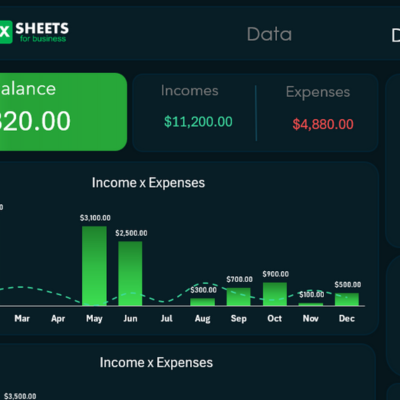
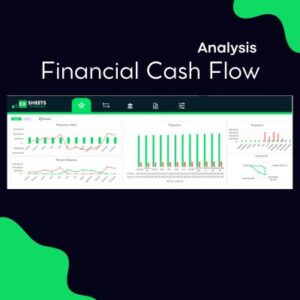
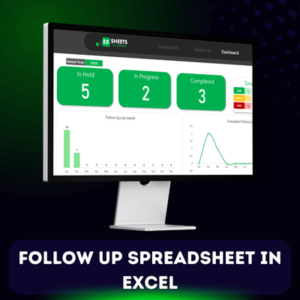
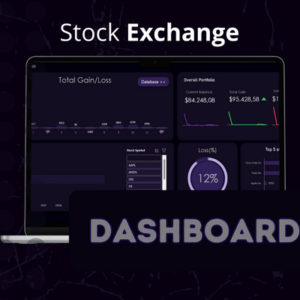
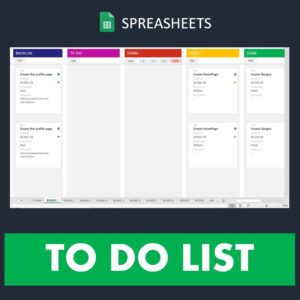

Reviews
There are no reviews yet.